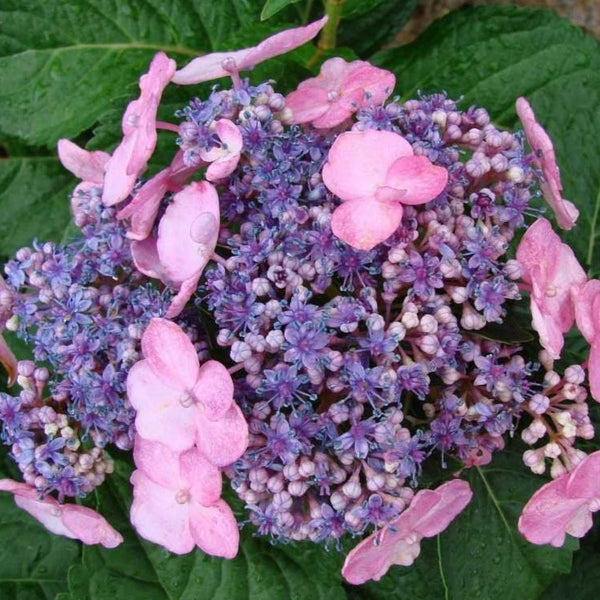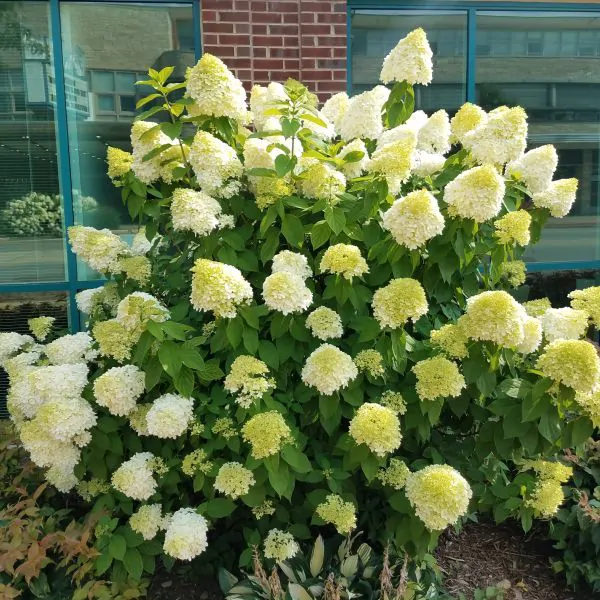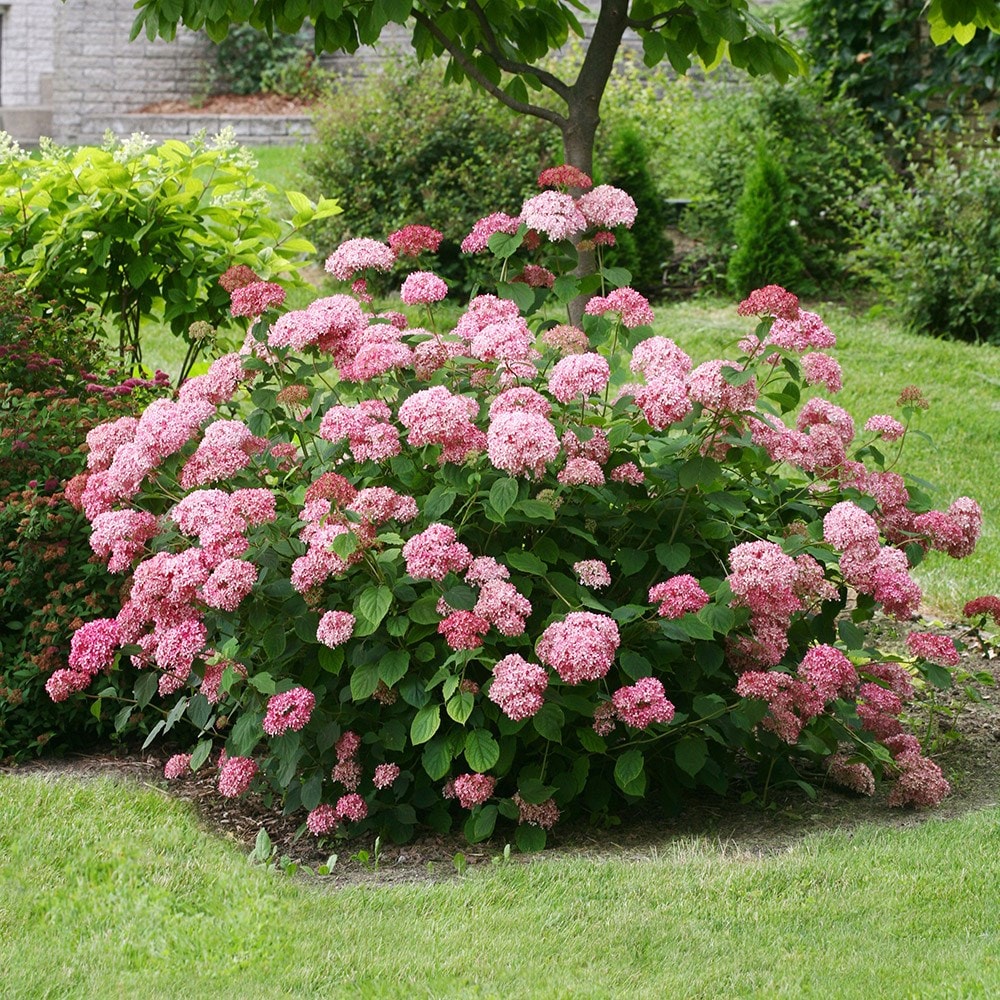Raspberry Hydrangeas: The Sweetest Shrub In Your Garden
Raspberry Hydrangeas: The Sweetest Shrub in Your Garden
Raspberry hydrangeas (Hydrangea arborescens 'Annabelle') are a popular choice for gardeners because of their beautiful, raspberry-pink blooms. These shrubs are easy to grow and care for, and they can add a touch of sweetness to any garden.
In this blog post, we will discuss everything you need to know about raspberry hydrangeas, including their appearance, growing requirements, and care. We will also provide some tips on how to get the most out of your raspberry hydrangeas.
Appearance
Raspberry hydrangeas are deciduous shrubs that can grow up to 6 feet tall and wide. They have large, round flower heads that bloom in the summer. The flowers are typically raspberry-pink, but they can also be white or blue.
Raspberry hydrangeas are known for their sweet fragrance. The flowers emit a delicate scent that can be enjoyed throughout the summer.
Growing Requirements
Raspberry hydrangeas are relatively easy to grow. They prefer full sun, but they can also tolerate partial shade. They need well-drained soil that is rich in organic matter. Raspberry hydrangeas are not drought-tolerant, so they need to be watered regularly, especially during hot, dry weather.
Care
Raspberry hydrangeas are relatively low-maintenance shrubs. They only need to be pruned once a year, in the spring. When pruning, remove any dead, diseased, or damaged branches. You can also thin out the shrub to improve air circulation and reduce the risk of diseases.
Raspberry hydrangeas are susceptible to a few pests and diseases, including aphids, scale, and powdery mildew. If you notice any pests or diseases, treat them immediately with an appropriate pesticide or fungicide.
Tips for Getting the Most Out of Your Raspberry Hydrangeas
Here are a few tips for getting the most out of your raspberry hydrangeas:
- Plant your raspberry hydrangea in a location that receives full sun or partial shade.
- Water your raspberry hydrangea regularly, especially during hot, dry weather.
- Fertilize your raspberry hydrangea with a balanced fertilizer in the spring.
- Prune your raspberry hydrangea once a year in the spring.
- Watch for pests and diseases and treat them immediately if necessary.
With proper care, your raspberry hydrangeas will bloom beautifully for many years to come.
Raspberry hydrangeas are a beautiful and versatile addition to any garden. They produce large, showy blooms in a deep raspberry color that can add a touch of elegance to any landscape. Raspberry hydrangeas are also relatively easy to care for, making them a good choice for even novice gardeners.
If you're interested in learning more about raspberry hydrangeas, I recommend visiting . This website has a wealth of information about raspberry hydrangeas, including their history, care requirements, and planting tips. You can also find photos of raspberry hydrangeas in bloom, as well as helpful articles about how to choose the right raspberry hydrangea for your garden.
FAQ of raspberry hydrangea
- What is a raspberry hydrangea?
A raspberry hydrangea is a type of hydrangea that produces flowers that are a deep pink or raspberry color. It is a deciduous shrub that can grow up to 6 feet tall and wide. Raspberry hydrangeas are native to East Asia, but they are now grown in many parts of the world.
- What are the care requirements for raspberry hydrangeas?
Raspberry hydrangeas are relatively easy to care for. They need full sun to partial shade and well-drained soil. They should be watered regularly, especially during hot, dry weather. In the fall, you can add a layer of mulch around the base of the plant to help protect it from the cold.
- What are some common problems with raspberry hydrangeas?
The most common problem with raspberry hydrangeas is leaf scorch. This can be caused by a lack of water, too much sun, or alkaline soil. Another common problem is powdery mildew. This is a fungal disease that can cause white spots to appear on the leaves. You can treat powdery mildew with a fungicide.
- How do I propagate raspberry hydrangeas?
Raspberry hydrangeas can be propagated by cuttings. In the spring or summer, take a 4-6 inch cutting from a healthy plant. Remove the lower leaves from the cutting and dip the end in rooting hormone. Plant the cutting in a pot of well-drained potting mix. Keep the soil moist and place the pot in a shady location. The cutting should root in about 4-6 weeks.
- What are some tips for deadheading raspberry hydrangeas?
Raspberry hydrangeas should be deadheaded regularly to encourage new blooms. You can deadhead by simply pinching off the spent flowers. You can also cut the stems back to a few inches above the ground. Deadheading raspberry hydrangeas will help to keep the plant looking its best and encourage new blooms.
Image of raspberry hydrangea
5 different images of "raspberry hydrangea" from Pinterest:
This variety of hydrangea is known for its bright raspberry pink blooms. It is a deciduous shrub that can grow up to 6 feet tall and wide. Raspberry Twist Hydrangea blooms in mid-summer and can last for several weeks.
Another popular variety of raspberry hydrangea is Endless Summer Raspberry. This hydrangea is known for its long bloom time, which can last from early summer to fall. Endless Summer Raspberry Hydrangea is also a relatively easy plant to care for.
Limelight Hydrangea is not a true raspberry hydrangea, but it is a popular variety that often blooms in a raspberry pink color. Limelight Hydrangea is a deciduous shrub that can grow up to 8 feet tall and wide. It blooms in mid-summer and can last for several weeks.
Nikko Blue Hydrangea is a type of mophead hydrangea that can bloom in a variety of colors, including raspberry pink. It is a deciduous shrub that can grow up to 6 feet tall and wide. Nikko Blue Hydrangea blooms in mid-summer and can last for several weeks.
Pink Annabelle Hydrangea is a type of lacecap hydrangea that blooms in a bright pink color. It is a deciduous shrub that can grow up to 6 feet tall and wide. Pink Annabelle Hydrangea blooms in mid-summer and can last for several weeks.





Post a Comment for "Raspberry Hydrangeas: The Sweetest Shrub In Your Garden"